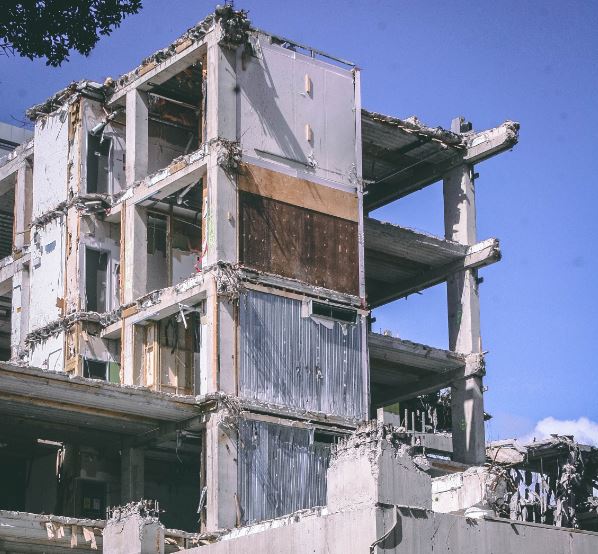3KM.ca was not involved in the creation of this content.

When you hear about demolition, the first picture that comes to your mind is a huge excavator bringing down a building within a few minutes. You imagine smoke and dust everywhere. Yes, that could be the literal meaning of this term. However, a dedicated method if followed by demolition companies when they do this activity. Professional civil contractors from these companies carefully survey the building to chalk out the demolition plan. They plan the activity after assessing the neighborhood and the safety measures to be followed.
Based on the type of building, construction materials used, and the usage of the building post demolition, demolition companies Vancouver contractors follow different types of demolition methods. Here, we will take you through some of the most common demolition methods you should know of before hiring a demolition company in your locality.
All buildings (commercial and residential) and other structures are demolished in one of these two ways – Explosive and Non-Explosive Demolition.
Non-Explosive Demolition
As the name indicates, the non-explosive method of demolition doesn’t involve the use of explosives. In some countries, it is also known by the term, controlled demolition. Here hand tools, electrical machines and robotic excavators are used for demolishing a building or structure. The most common types of non-explosive demolition are:
Soft-Strip – Here, hand tools and waste chutes are used for removing elements like coverings of floors, ceilings, doors, heating lines, air-conditioning vents and more. This method is followed just before the actual demolition of the building but after the asbestos removal process.
Excavator-based demolition – When the buildings are the height of about 3 floors, standard or medium-sized excavators are used for demolishing them. However, for taller buildings and structures, demolition contractors use high-reach excavators to get the job done.
Top-Down demolition – Here, small excavators are fitted on the buildings’ roofs with the help of cranes. The excavation process then happens from top to bottom. However, before this the area around the building is surveyed well and protected with monarflex to prevent dust pollution.
Deconstruction – Usually used for panel system buildings, the deconstruction process involves removing panels in the reverse order of their construction. To avoid the building crashing while deconstruction, the building needs to be propped up.
Dismantling – Here, old machinery and tools are removed from the building before the actual demolition occurs.
Explosive Demolition
Also known as implosion, this method uses explosives to demolish a building. Used mainly for big factories and industrial units, this process involves removing the foundation using explosives, causing the building to crash. The commonly used implosion methods are the following:
Falling like a tree – Demolition companies will use this traditional method of implosive demolition when there is a lot of space around the building. In this method, the building will collapse and fall sideways like a tree. The building has cables tied to it, so that it falls in a controlled manner, when the explosives detonate.
Falling into its footprint – In this method, the upper portion of the building collapses and falls onto the lower part. So, the explosives are kept in the middle region of the building. Potent explosives are used that blast one after the other, causing the building to collapse at once. The lowest part of the building falls over its footprint below, in this method.
Trust a demolition company Vancouver with your demolition needs.
3KM.ca was not involved in the creation of this content. Information contained on this page is provided by an independent third-party content provider. 3KM.ca makes no warranties or representations in connection therewith.




